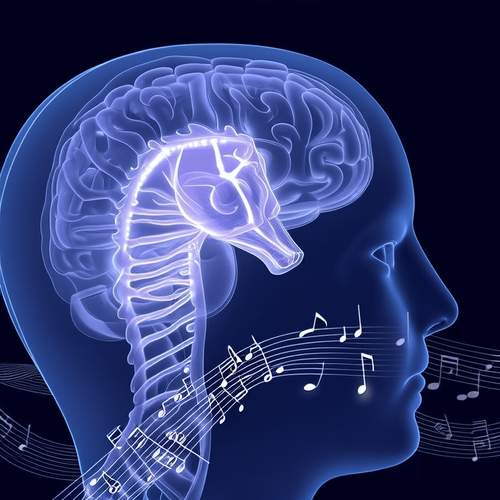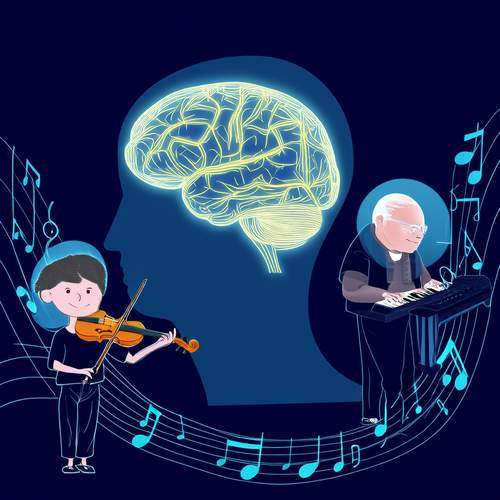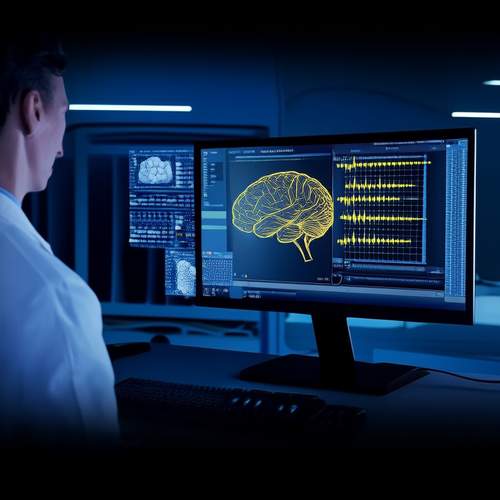The human brain has long fascinated scientists with its remarkable ability to adapt and reorganize itself. This phenomenon, known as neuroplasticity, occurs throughout our lives, though it is most pronounced during childhood. Recent research has uncovered a powerful catalyst for neuroplastic change: musical training. Whether picking up an instrument in childhood or later in life, engaging with music appears to reshape our neural architecture in profound ways that extend far beyond mere musical ability.
Music training serves as a full-brain workout unlike any other activity. When a musician plays, multiple brain regions fire in synchrony - the auditory cortex processes sound, the motor cortex coordinates precise finger movements, the visual cortex reads notation, and the prefrontal cortex maintains focus. This symphony of neural activation strengthens existing connections while forging new pathways between distant brain areas. Neuroscientists using advanced imaging techniques have observed that professional musicians often exhibit thicker gray matter in regions associated with auditory processing, motor control, and spatial reasoning compared to non-musicians.
The structural changes induced by musical training translate into measurable cognitive advantages. Children who receive music instruction frequently show enhanced verbal memory, improved mathematical skills, and greater academic achievement overall. These benefits may stem from music's unique ability to engage both hemispheres of the brain simultaneously, fostering integration between analytical and creative modes of thinking. Interestingly, the cognitive enhancements associated with music training often persist long after the training itself has ceased, suggesting that the neurological changes may be enduring.
One of the most striking demonstrations of music-induced neuroplasticity occurs in the auditory system. Musicians develop extraordinarily refined auditory discrimination skills, capable of detecting minute differences in pitch, timing, and timbre that elude untrained ears. This heightened sensitivity correlates with observable expansions in the auditory cortex and strengthened connections between auditory and motor regions. Such neural adaptations explain why musicians typically outperform non-musicians on tests of auditory processing, speech perception in noisy environments, and even foreign language acquisition.
The impact of musical training extends to emotional regulation and social cognition as well. Playing music in groups requires precise timing, attention to others, and emotional attunement - all skills that rely on sophisticated neural networks. Regular musical engagement appears to enhance these networks, potentially explaining why musicians often score higher on measures of empathy and emotional intelligence. The brain's mirror neuron system, which helps us understand and share others' emotions, shows particularly robust development in those with extensive musical training.
Perhaps most encouragingly, research suggests that the neuroplastic benefits of music training aren't limited to those who start young. While childhood may be a particularly sensitive period for musical neuroplasticity, adult beginners also experience measurable changes in brain structure and function. Older adults who take up music lessons show improvements in executive function, working memory, and processing speed - cognitive domains that typically decline with age. These findings challenge the long-held notion that the adult brain is relatively fixed in its structure and capabilities.
The therapeutic potential of music-induced neuroplasticity is now being explored across various clinical populations. Music therapy has shown promise in helping stroke patients regain speech and motor function, supporting children with developmental disorders, and slowing cognitive decline in dementia patients. In each case, music appears to provide a unique pathway for the brain to reorganize and compensate for damaged areas or underdeveloped functions. The emotional resonance of music may enhance its neuroplastic effects by engaging reward systems and motivation circuits in the brain.
As research continues to unravel the complex relationship between musical training and brain plasticity, one thing becomes increasingly clear: music represents far more than mere entertainment. It is a powerful tool for shaping the developing brain, maintaining cognitive vitality throughout life, and facilitating recovery from neurological injury. In a world where cognitive demands are constantly increasing, musical training offers a scientifically validated method for enhancing brain function across multiple domains. The ancient intuition that music shapes the mind finds ever stronger support in modern neuroscience, suggesting that engaging with music may be among the most comprehensive forms of brain training available to us.

By /May 30, 2025

By /May 30, 2025

By /May 30, 2025

By /May 30, 2025

By /May 30, 2025

By /May 30, 2025

By /May 30, 2025

By /May 30, 2025

By /May 30, 2025

By /May 30, 2025

By /May 30, 2025

By /May 30, 2025

By /May 30, 2025

By /May 30, 2025

By /May 30, 2025

By /May 30, 2025

By /May 30, 2025

By /May 30, 2025

By /May 30, 2025